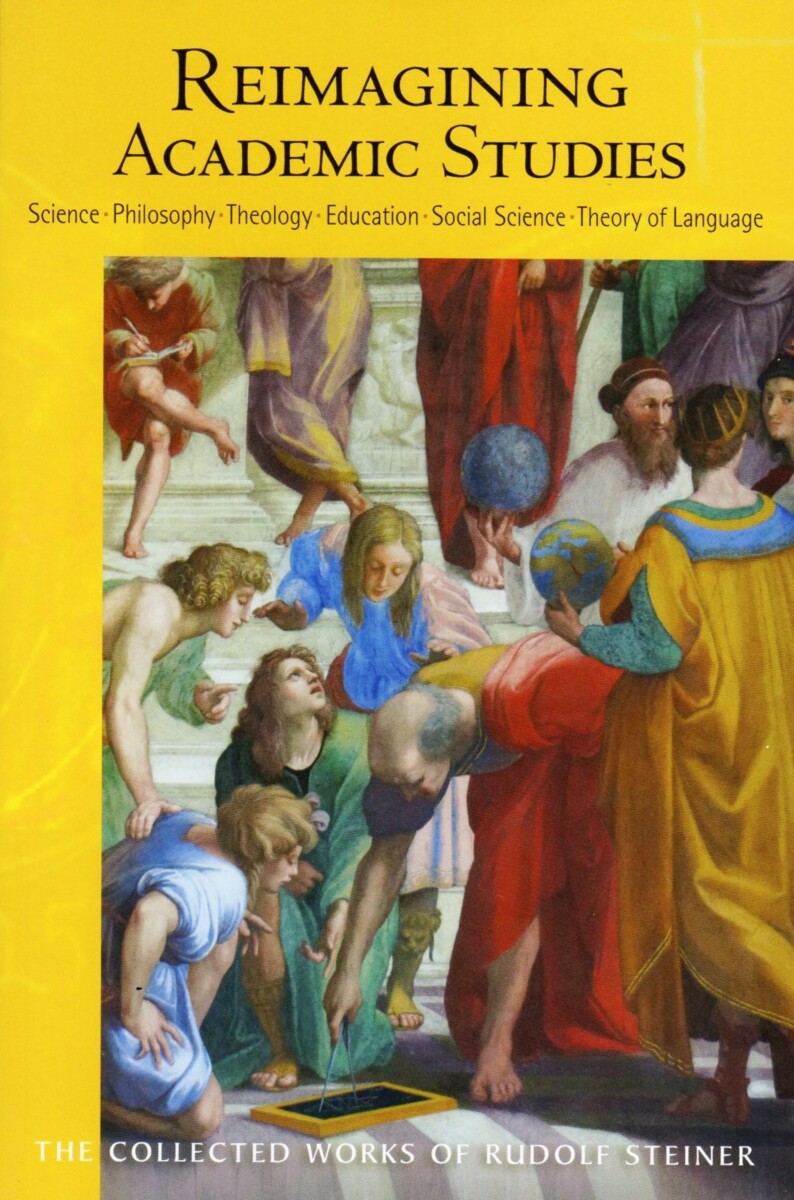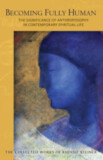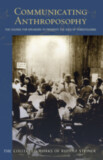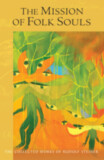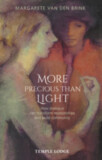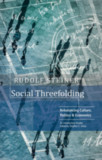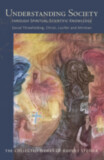Reimagining Academic Studies
Science, Philosophy, Education, Social Science, Theology, Theory of Language (CW 81)
- Publisher
SteinerBooks - Published
15th October 2015 - ISBN 9781621481263
- Language English
- Pages 226 pp.
- Size 6" x 9"
10 lectures, Berlin, March 6–11, 1922
A report on the College Course, Dornach, March 18, 1922 (CW 81)
“Each day Dr. Steiner opened the session dedicated to a particular branch of science with an introductory lecture.... These were amazing sketches—with an illuminating clarity and a sure brush stroke. Dr. Steiner painted a picture of each scientific field exactly as it was supposed to be in the future, seen from the anthroposophic perspective. With regard to the future tasks...these introductory lectures were like scientific sketches of an artist, in which the whole painting could be revealed to the viewer.” (an audience member)
During the last five years of his life, Rudolf Steiner dedicated his efforts to two fronts, seeking both to reanimate the esoteric foundations of Anthroposophy and to bring Anthroposophy into the cultural mainstream. This involved a new language, aided powerfully by an influx of young people (the so-called Youth Movement) dedicated to bringing spirituality into all areas of life. Many were college students who wanted practical ways to bring Anthroposophy into their areas of study. Steiner saw in their enthusiasm a new future for Anthroposophy and understood that, if Anthroposophy could begin to reshape higher education, as it had the lower grades through the Waldorf movement, culture could truly begin to be transformed. Thus, in 1921, the Association for Anthroposophical College Studies was established, and courses and conferences began to be given in Dornach and various other cities.
This Berlin Course drew more than a thousand participants. The goal was to “give an impression of the possible incentives Anthroposophy could offer various scientific fields.” Areas represented included natural science (including medicine), philosophy, education, social science, theology, and language. Each day began with a lecture by Rudolf Steiner, followed by presentations by other lecturers, artistic events, panel discussions, and more.
This volume is a translation from German of «Erneurungs-Impulse für Kultur und Wissenschaft - Berliner Hochschulkurs» (GA 81).
C O N T E N T S:
Introduction by Christopher Bamford
1. Anthroposophy and Natural Science
2. On the Organizations of Humans and of Animals
3. Anthroposophy and Philosophy
4. Anthroposophy and Education
5. Anthroposophy and Social Science
6. Anthroposophy and Theology
7. Anthroposophy and Theory of Language
Appendix
Rudolf Steiner
Rudolf Steiner (b. Rudolf Joseph Lorenz Steiner, 1861–1925) was born in the small village of Kraljevec, Austro-Hungarian Empire (now in Croatia), where he grew up. As a young man, he lived in Weimar and Berlin, where he became a well-published scientific, literary, and philosophical scholar, known especially for his work with Goethe’s scientific writings. Steiner termed his spiritual philosophy anthroposophy, meaning “wisdom of the human being.” As an exceptionally developed seer, he based his work on direct knowledge and perception of spiritual dimensions. He initiated a modern, universal “spiritual science” that is accessible to anyone willing to exercise clear and unbiased thinking. From his spiritual investigations, Steiner provided suggestions for the renewal of numerous activities, including education (general and for special needs), agriculture, medicine, economics, architecture, science, philosophy, Christianity, and the arts. There are currently thousands of schools, clinics, farms, and initiatives in other fields that involve practical work based on the principles Steiner developed. His many published works feature his research into the spiritual nature of human beings, the evolution of the world and humanity, and methods for personal development. He wrote some thirty books and delivered more than six thousand lectures throughout much of Europe. In 1924, Steiner founded the General Anthroposophical Society, which today has branches around the world.


